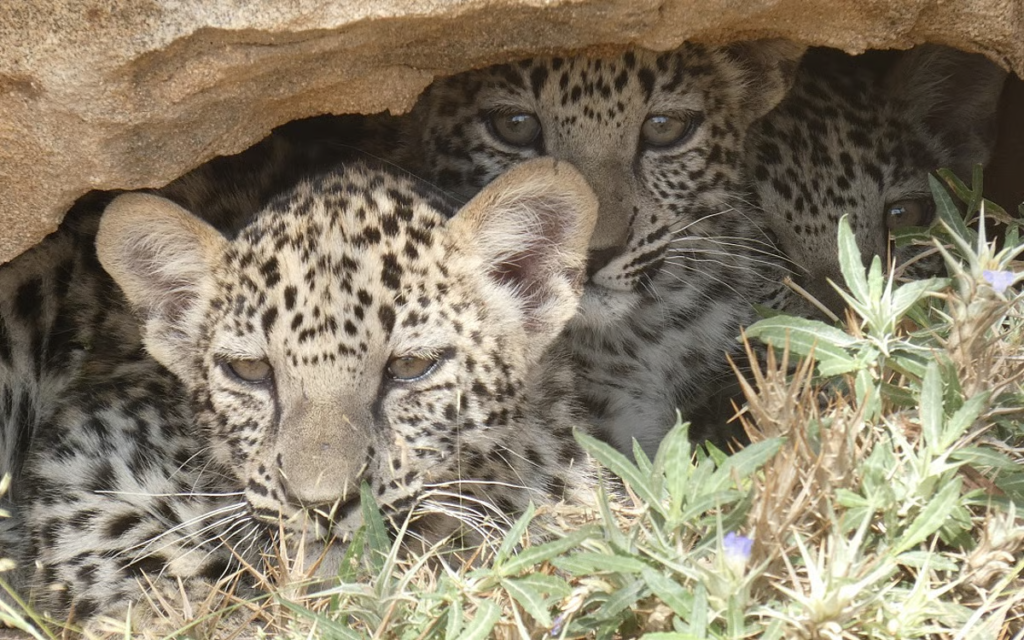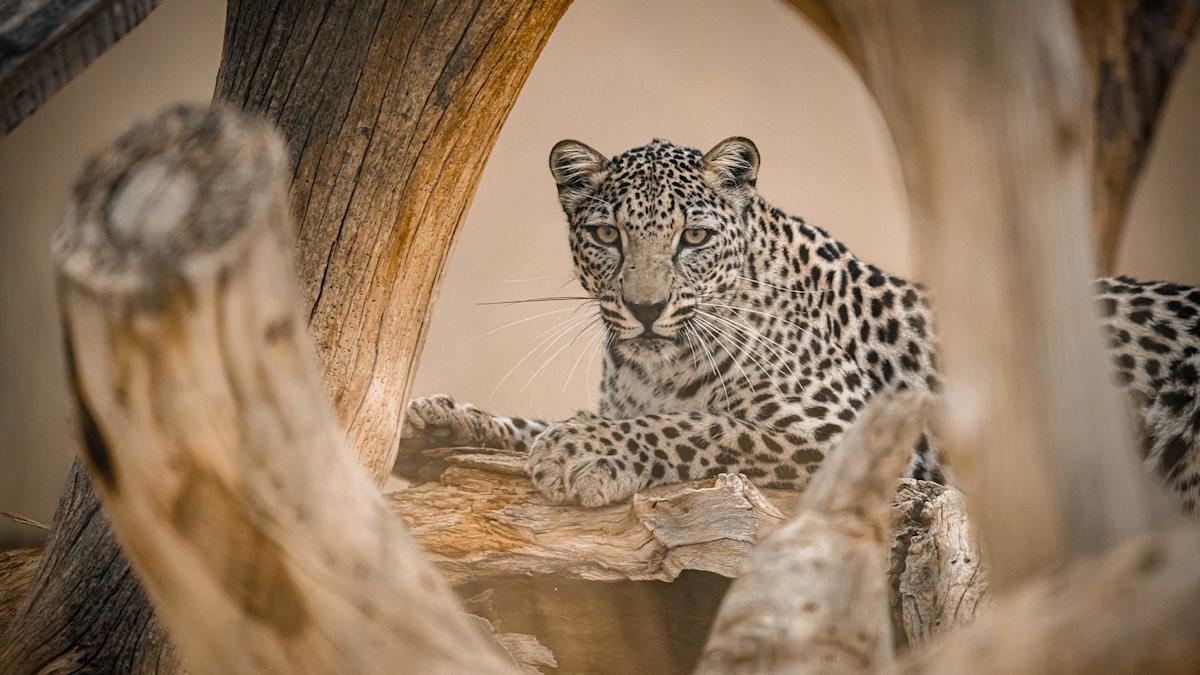Table of Contents
A Symbol of Hope for Wildlife Conservation
Saudi Arabia has announced a landmark step in global wildlife preservation by sending rare Arabian leopards to the National Zoo. This remarkable move not only highlights the Kingdom’s growing commitment to conservation but also brings new hope for one of the world’s most critically endangered big cats. The arrival of these leopards represents more than just an exchange of animals—it is a symbolic act of care, vision, and responsibility for the natural world.
The Arabian leopard is among the rarest big cats on Earth, with fewer than 200 believed to survive in the wild. By bringing them into the National Zoo, Saudi Arabia aims to spark international awareness and provide a platform for education, research, and breeding programs. This cooperation is a testament to the shared responsibility of nations in protecting biodiversity.
Why the Arabian Leopard Matters
The Arabian leopard is not just another endangered species—it is a cultural and ecological icon. For centuries, it has roamed the rugged mountains of the Arabian Peninsula, embodying strength, resilience, and beauty. But due to habitat loss, poaching, and reduced prey, their numbers have plummeted dramatically.
These leopards play a crucial role in balancing their ecosystem by controlling herbivore populations and maintaining biodiversity. Losing them would not only mean the extinction of a species but also a ripple effect across the natural environment. Their presence in the National Zoo allows scientists and visitors alike to connect with a living symbol of both fragility and hope.
Saudi Arabia’s Growing Role in Conservation
In recent years, Saudi Arabia has taken bold steps to protect its wildlife. The establishment of the Arabian Leopard Fund, along with large-scale conservation projects, reflects a long-term vision to restore nature and combat extinction. This latest move of sending rare leopards abroad demonstrates the Kingdom’s willingness to collaborate with the global community.
By sharing the leopards with the National Zoo, Saudi Arabia is not only raising awareness but also investing in future generations. Children visiting the zoo will have the chance to see these magnificent creatures up close and learn about the urgent need for conservation. Such experiences often spark lifelong passion and advocacy for nature.
The National Zoo as a Global Stage
The National Zoo is not just a place for public entertainment; it is a hub for research, education, and conservation. Welcoming rare leopards into its care expands its mission and enhances its reputation as a global leader in protecting endangered wildlife.
Zoos today are evolving into conservation centers where animals are not just displayed but actively protected. With modern facilities, dedicated breeding programs, and expert veterinarians, the National Zoo provides an environment where Arabian leopards can thrive in safety while contributing to global efforts to repopulate the species.
A Journey of Partnership and Trust
Transporting rare animals across borders is never a simple task. It requires meticulous planning, trust between nations, and a shared commitment to animal welfare. This initiative reflects a deep sense of partnership between Saudi Arabia and the National Zoo, built on mutual respect and dedication to saving a species from the brink of extinction.

Every detail—from veterinary care to habitat design—must be carefully managed to ensure the leopards adapt smoothly to their new environment. The fact that Saudi Arabia is entrusting its national treasure to an international partner underscores the urgency and importance of this mission.
Inspiring a Global Conversation
The arrival of rare leopards at the National Zoo is more than a local event; it is a story that resonates worldwide. It reminds us of the delicate relationship between humans and nature and the responsibility we carry to protect what remains.
Every visitor who sees these leopards will walk away with a deeper appreciation for the struggles of endangered animals. More importantly, this story will inspire people to rethink their own role in protecting biodiversity—whether by supporting conservation programs, adopting sustainable practices, or simply spreading awareness.
Looking Ahead to a Brighter Future
The story of the Arabian leopard is not yet finished. With determined action, collaboration, and care, there is still hope to reverse its decline. The leopards sent to the National Zoo could become part of an international breeding program, ensuring that future generations of these majestic cats are born and eventually reintroduced into the wild.
This initiative shows how much can be achieved when nations join hands for a greater cause. It proves that conservation is not limited by geography or politics but is a shared duty of humanity. The Arabian leopard’s survival will stand as a symbol of what can be achieved when vision meets action.
A Legacy for Generations to Come
What makes this story truly powerful is the legacy it aims to create. Decades from now, when children see Arabian leopards thriving in the wild or in safe habitats, they will remember the steps taken today. The decision to send rare leopards to the National Zoo is not just about the present—it is about shaping a future where endangered species are protected, cherished, and celebrated.
Saudi Arabia’s act of generosity and responsibility is a reminder that progress in conservation is possible. It humanizes the global fight to save endangered animals and brings a message of hope in a time when biodiversity faces unprecedented challenges.
Also read : Game-Changing Move: Saudi Market Opens Lucrative 49% Ownership Cap



